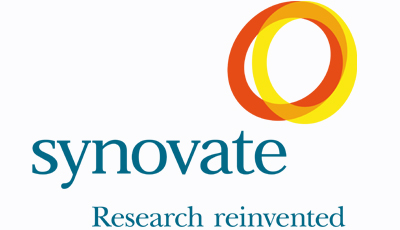How would the promotional mix change at different stages of the product life cycle?
Promotional Mix: (citing Mr. Dougherty's definition) is the combination of promotional techniques that a firm uses to communicate the benefits of its product to customers.
PLC: As product enters the market, it goes through various stages. This time period is called product life cycle (PLC) and consists of the Introduction, Growth, Maturity, Decline. The goal of businesses is to sell as much product as possible and therefore has its PLC as long as possible. In order to this, people use extending strategies to prolong maturity or limit decline.
Introduction
During this stage, company is trying to establish a customer base, which is crucial for the success of the product. For the sake of good impression and popularity, importance is given especially to advertising that undergoes many tests. Also because the product not popular yeat and lot of money is put into its introduction, the company's profit is negative.
Growth
In this stage, the product is well known. The profits starts to increase, but so does competition. Therefore, the owner starts to focus on brand preference and how to please the customers. Because of the increasing competition and the desire to keep customer's patterns in your business, you must invest money into advertising, which causes the profit to go down at the end of this stage.
Maturity
At this stage, product is very popular and the competition is huge. This leads to decline of product life and therefore most businesses try to extend the maturity of product. Mostly loyal customers buy this product and the businesses start to rely on promotion heavily. They offer loyalty based promotions such as membership cards and also care more about the placement of the product.Businesses encourage retailers to give more shelves to their product than the competitors.
Decline
During decline stage, product's sales go decrease due to unfavorable economy, changed customer's taste or may be also as a result of technological advancements. In this case it depends on the business's strategy. They can keep the product but reduce its cost and find new use to make it more attractive to the customers.
They can also sell this product as a very low price to the loyal customers until the profit is zero or discontinue the product completely by selling it to competitor's who want to continue this product. Another option is finding a successor of the product.
Sources:
http://notesdesk.com/notes/marketing/product-life-cycle-plc/










